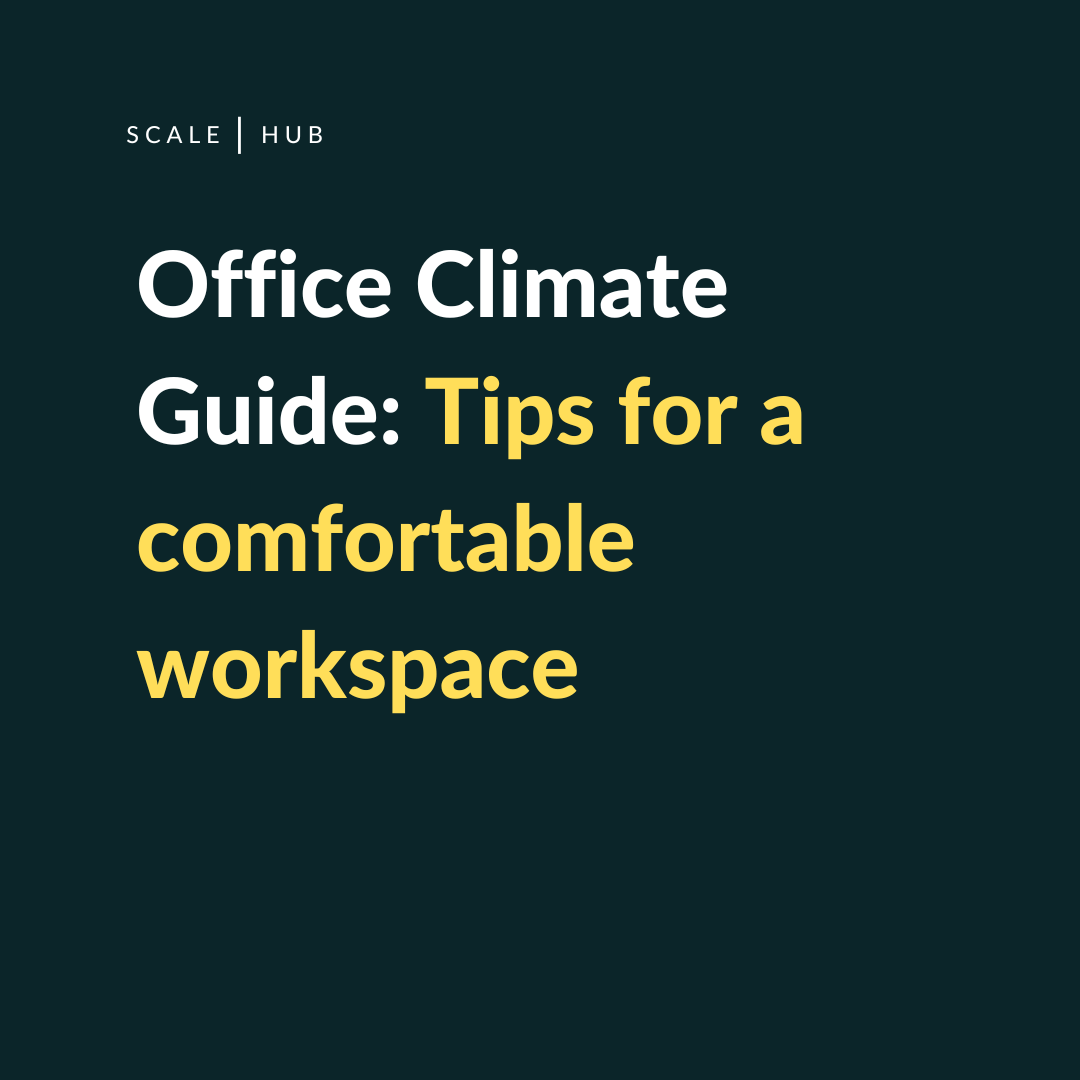
Less is more if you want to be a minimalist, at anything. Same goes for work.
But don’t put your office interior designer to work just yet, there’s no need for a frills-free all off-white work environment. And wait before you call Marie Kondo; folding your laptop into a roll that sparks joy is not the way to be a minimalist at work.
The promise of having a minimalist approach to work: Less working, more output. Performing a task in the most simple way possible, is supposed to make you more productive.
So: do you work long hours, often skip lunch and see your priorities being overtaken by the issues of the day? You may be in need of some minimalist-inspiration.
Learn about the “how to” with 6 ways to start working the minimalist way. Maybe you’ll find something that’s useful to you.

How minimalism can boost your productivity
The to-do list
Let’s start off with something we usually have in abundance and could use much less of: To Do’s. Begin every working day by writing a to-do list; it will help you clear your mind. Then take a good look at the list: what’s the top 3 items you absolutely need to finish today? Mark them – with a colour or whatever works. Now do a second scan of your to-do list: is everything on it actionable and can you do it today? If not: scratch it off your list.
The mental
Try to avoid reacting to every distraction: loud conversations of coworkers, social media pop-ups on your phone, the sound of a new e-mail hitting your inbox or a jar of cookies staring at you from the left corner of your eye. It’s an obvious one, but: all these distractions make you less productive. Try to “turn off” all that noise, especially when you have a focus- job to do. Instead of fighting your reaction to the distractions, you can also eliminate the noise altogether (minus the coworkers, eliminating them may be a bit too radical).
The habits
Daily habits can be incredibly potent. They can break down complex tasks and turn them into bite-size-no-brainers, costing you less time and energy. It will help you experience your overall day like less of a mess, when you’ve got the basics covered. Like what to have for breakfast, what to pack for your office day, how to get your kids to daycare. And that’s just the start of a day. A lot of time and energy can be saved by not having to think (worry?) about each and every daily task over and over again.
The desk
”Thanks” to the big C, we all have a home office by now. But whether you work from your attic or a desk in the office, one thing’s universal: cluttered desk, cluttered mind.
Remove things that distract you, like piles of paper, dirty cups, disconnected chargers and wraps of whatever you’re snacking throughout the day. There’s no need to wipe out all the furniture but – especially at the home office – try not to have too much stuff in sight; minimize it to things that inspire you and help you to keep that flow going.
The brain
We have a very strong work ethic, but lack rest ethic. Rest doesn’t just mean taking 20-minute power naps (which is a great idea). It also doesn’t necessarily mean doing nothing. It mostly means: giving your brain a break from conscious tasks. You need non-deliberate thinking time; time to wander. Physical activities, even better when they are rhythmic (like walking and biking), are an excellent way to acquire time to think subconsciously; it’s where you get to think more clearly and where your greatest ideas exist. Not much time to exercise? Walk or bike to work. Showering works good too.
To be a minimalist pro: do not only create time to rest the mind but also take plenty of time to work in solitude*, for extra inward focus and room to contemplate.
*yes we have room for that at ScaleHub. Yes, you are very welcome.
The break
Let’s close off with something we’re all guilty of every now and then (some): skipping breaks – and even lunch. Backed by science, not only minimalists: we actually really need those breaks. Ultimately, it’s either (regular) breaks or (some sort of) burn-out. It’s easy to skip breaks to “win time” when you have lots to do. But isn’t there always lots to do? So take the break! We need it, to sharpen the brain, better remember, maintain focus and (re-) evaluate. It benefits your productivity immensely.
Looking at the minimalist approach, it becomes clear that it’s not only a good way to keep productivity high. Of even greater importance: it’s good for our health. Less is more healthy!



